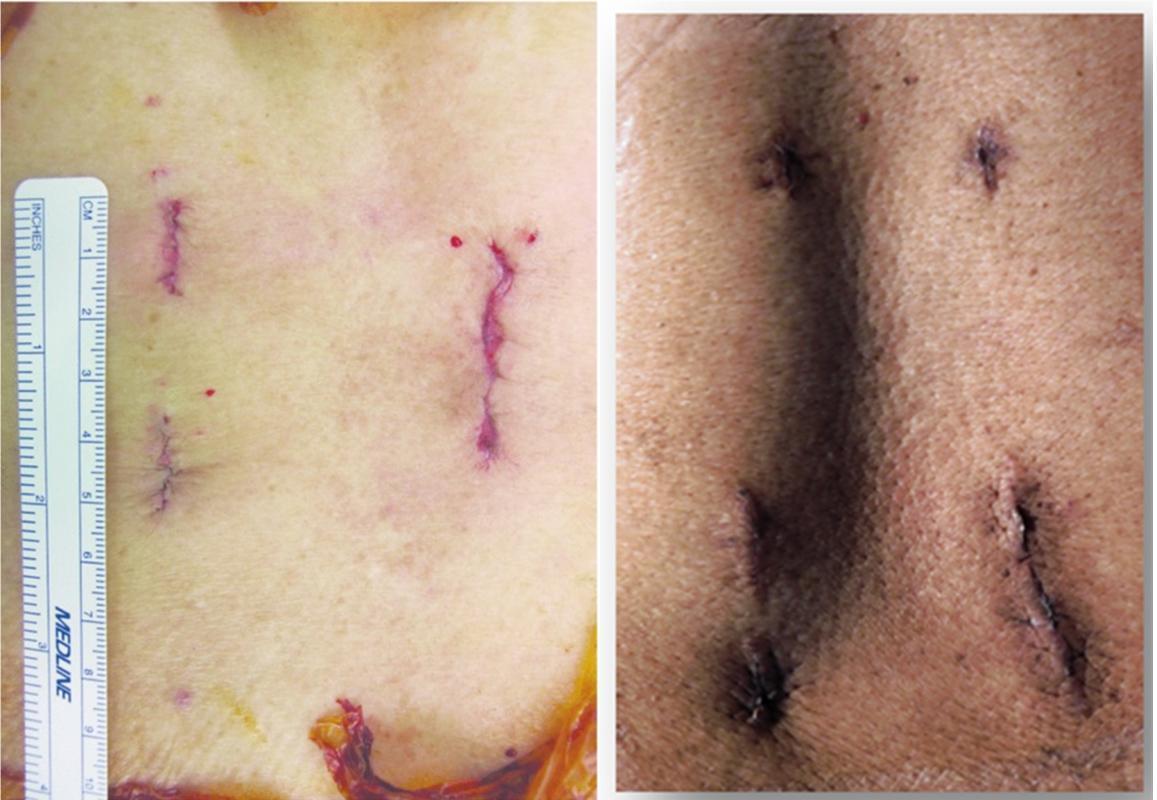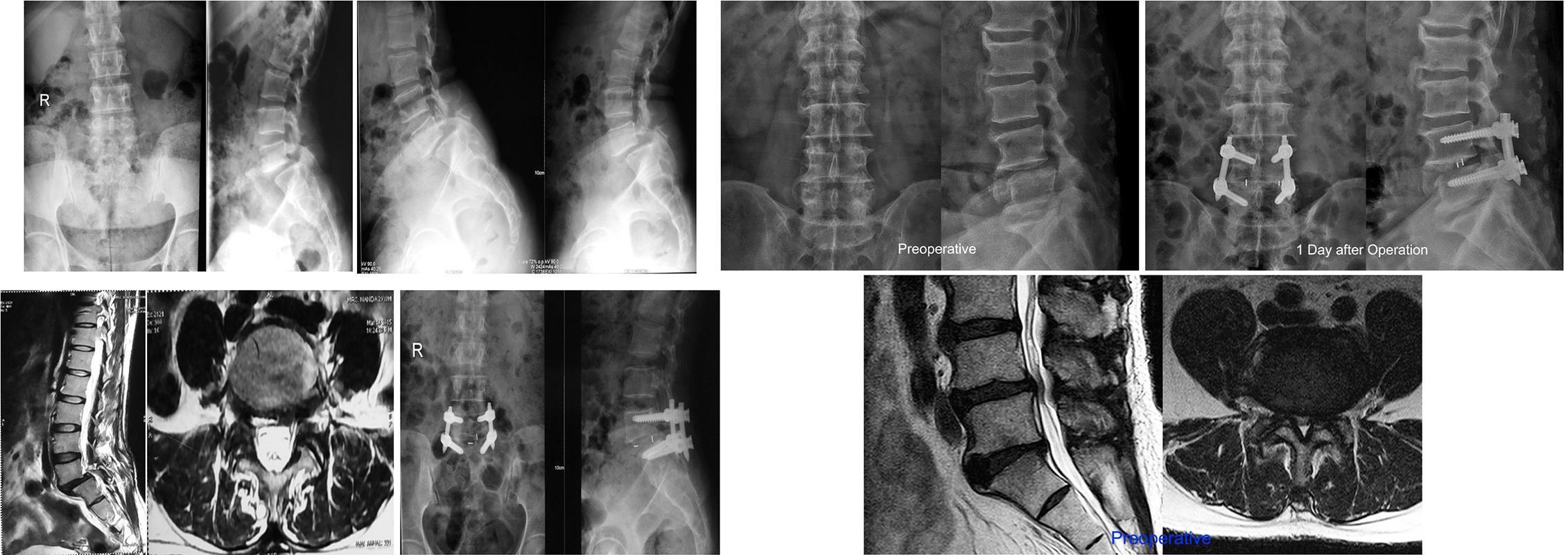

Unlike traditional spinal fusion, which requires a large incision and significant muscle disruption, MISF uses smaller incisions and specialized tools. With the help of advanced imaging, the surgeon precisely navigates and performs the procedure without causing unnecessary damage to nearby muscles and tissues.


